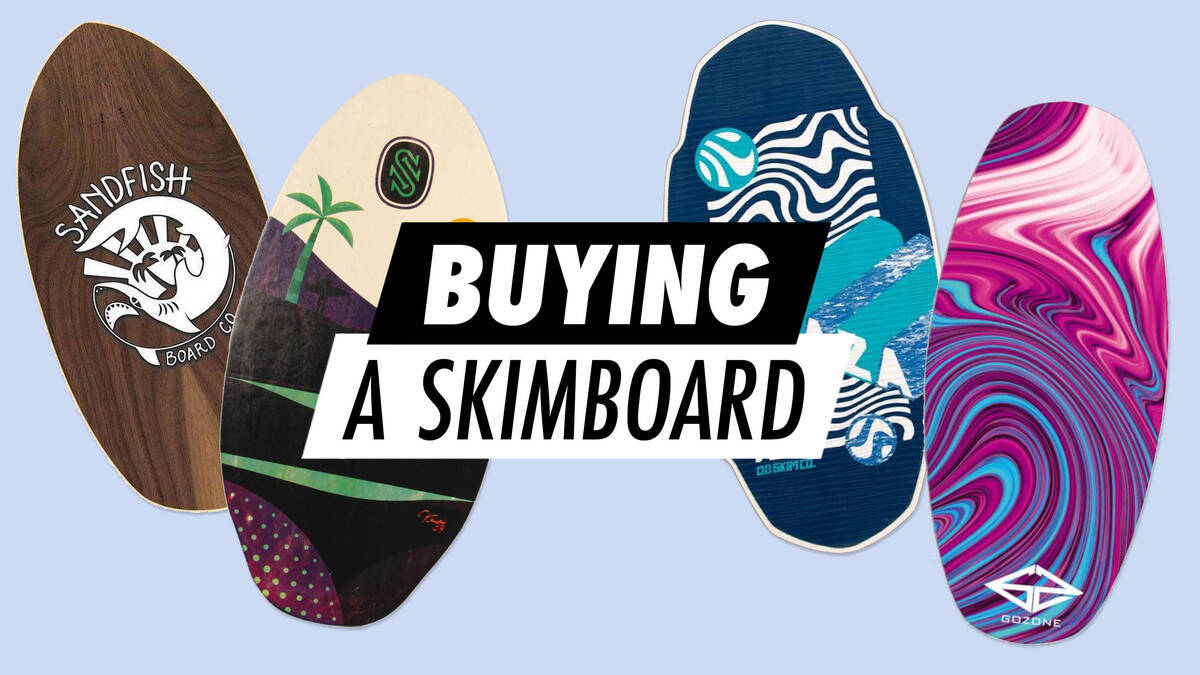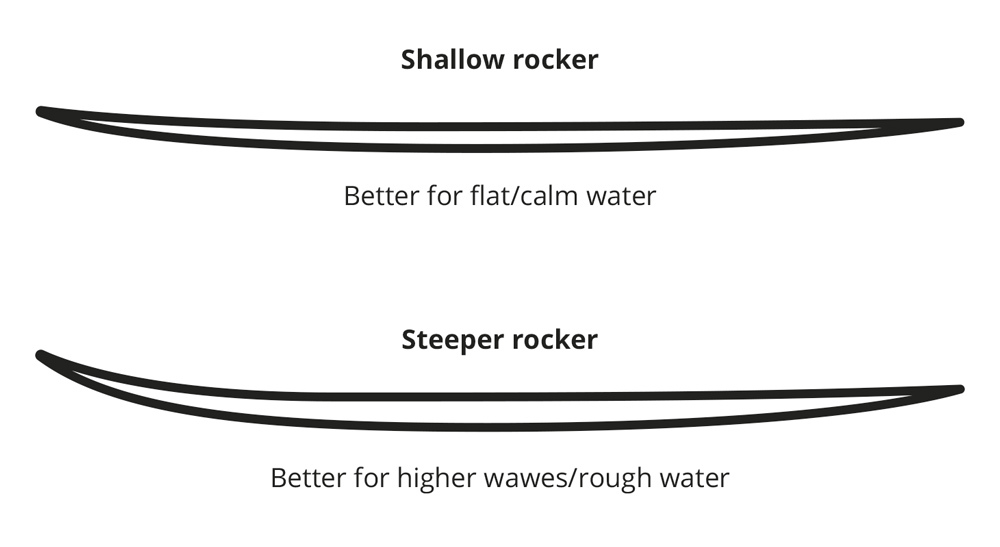Purchasing a Skimboard

Skimboarding, the activity of gliding across shorelines on flat boards, is steadily gaining in favour. However, don't be deceived by its straightforward appearance; there are numerous factors to consider before acquiring a skimboard.
1. Type of Board - Foam vs. Wood
Skimboards primarily come in two forms based on the materials used in their construction: foam or wood, and foam boards. Foam boards are typically constructed with a sandwich form, where a foam core is sandwiched between layers of fibreglass and epoxy. These 'sandwich boards' are high-end, more delicate, with excellent buoyancy, suitable for larger waves or skimming. Additionally, there are 100% foam boards that are more playful and buoyant, ideal for recreational purposes and children. This kind is more common for bodyboards, so if you're seeking a fun board for your child, have a look at our bodyboard section.
There are also other versions, like carbon boards, but these are geared towards professionals and are significantly pricier.
Skimboarding is divided into two categories: flatland/inland (in shallow, sandy waters like creeks, lakes, puddles, rivers, and low tides along the beach) and wave skimming (at shore breaks into deeper waters with incoming waves). Depending on these categories and your level of expertise, you can select whether to opt for a foam core or wooden board.
- Foam core boards are typically favoured by wave skimmers as they are lighter, thicker, and more flexible, facilitating easier floating on waves. Their flexibility and buoyancy make them suitable for choppy conditions. Foam boards are usually utilised by intermediate and advanced users or those more inclined to perform tricks with waves.
- Wooden boards are more fitting for flatland (also inland) skimming. Being heavier with lower buoyancy, wooden skimboards tend to sink more quickly, hence they are better suited for shallow waters. These boards are ideal for beginners (considering cost-effectiveness and durability) or riders aiming to perform tricks on ramps, rails, etc., where wood offers greater resilience.
2. Size
Your skimboard size is influenced by several elements such as your weight, height, speed (how quickly you can sprint to catch a wave or slide), experience, and style.
Speed is a crucial aspect. Greater speed results in enhanced buoyancy, simplifying the skimming process. Nevertheless, buoyancy also depends on the weight exerted on the board. The larger the board, the greater buoyancy you achieve.
Seasoned skimmers typically opt for smaller boards as they offer greater manoeuvrability and ease in performing tricks.
Novice skimmers, conversely, require larger boards to support their weight, facilitating easier skimming on the surface, better balance (due to increased foot area), and generally faster performance.
3. Curvature (Rocker) and Tail of the Board
Flatland skimboards are predominantly twin-tip or symmetrical, designed with identical nose and tail shapes. This symmetry allows you to complete a trick in either direction. The most prevalent twin-tip designs are Streamline and Proto. The Streamline shape offers enhanced manoeuvrability, while the Proto shape imparts greater stability.
Flatland skimboards bear a closer resemblance to skateboarding since they are frequently employed for tricks and possess a wooden, robust construction, enabling use on rails and obstacles. These boards are perfect for those looking to translate their skateboarding prowess to the water.

Boards with varying nose and tail designs are typical for wave skimming. These boards are directional, akin to surfing.
The rocker denotes the curvature of the nose (tip) of the board. A steeper rocker (more pronounced nose bend) facilitates skimming in wavy environments but may reduce speed. A flatter nose with a shallow rocker is superior for calm waters, allowing greater speed acquisition.

The tail, located at the board's opposite end, is available in numerous styles, with the pintail, squash tail, rounded, and W-tail (swallow tail) being the most common. Pintails offer excellent water balance, whereas square and W-tail variations enhance the board's agility, improving trick execution.

Prepared?
Now you understand how to find the most suitable skimboard for your requirements:
- Choose the type and material
- Select the appropriate size
